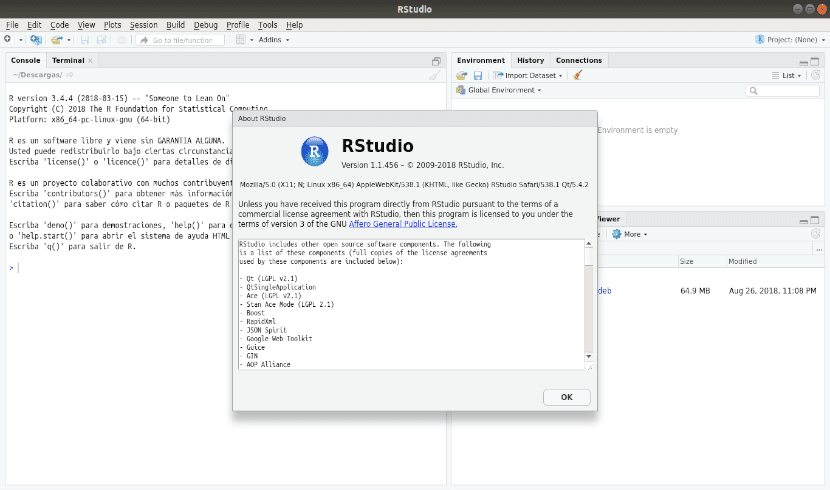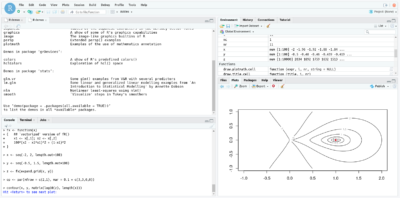

When the actions are done, you will see a message in the terminal that invites you to complete the creation of a new user – randomly called *hank* (feel free to create a different user account). You can check the first terminal window to see what is going on – and find out when the actions are complete. Packages are updated, new files are downloaded and the RStudio server is installed and started. Once the Gitpod workspace is launched, you will need to wait for a few minutes while the workspace is prepared. gitpod.yml defines the steps that Gitpod goes through when preparing the workspace. This will run a Gitpod workspace that takes its definition from my GitHub Repository where the file. To run this workspace – and start working with R Studio – you need t0 open this link in your browser. They do not require any local resources – apart from the browser – and are free (at least the first 50 hours of use each month).

They have in common that these environments are very easy to run – and very easy to reset/rerun as well as to share.

I have worked with Gitpod over the past six months, creating environments for Oracle Database, Backstage, Open Telemetry, Oracle Cloud client tools, Go development, Apache Kafka, Dapr, Redis & NodeJS workshop, MongoDB and several other technologies. Triggered by an assignment my son had to do for one of his university courses – and given the fairly light weight laptop we have him work with – I decided to make a cloud based RStudio environment to him.


 0 kommentar(er)
0 kommentar(er)
